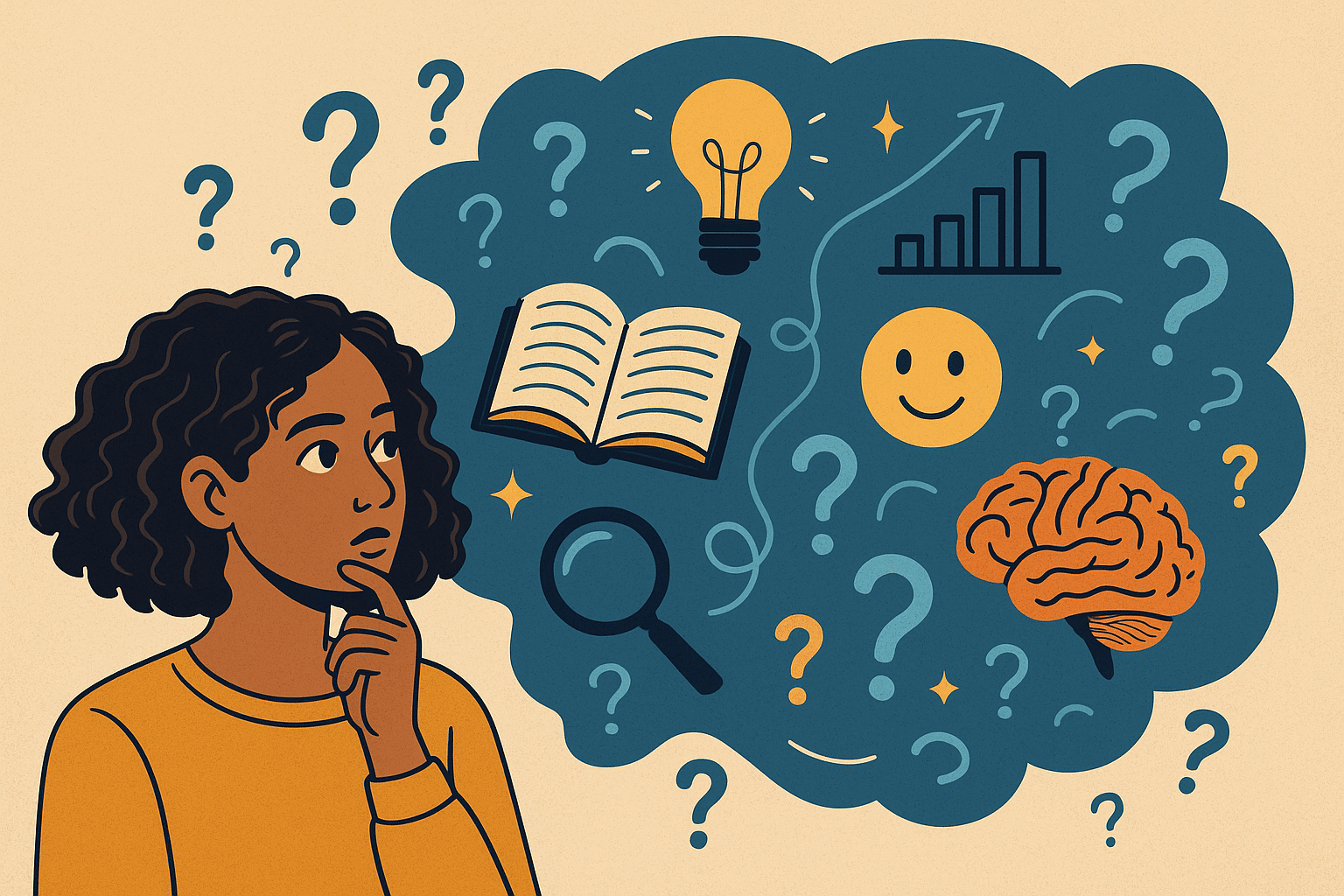Facing some of the toughest global and industry-wide challenges in 2025? Complex problem-solving now hinges on collaboration—where people, technology, and AI come together to develop faster, smarter solutions across sectors like healthcare, climate, and enterprise innovation.

Why Collaboration Matters in Complex Problem-Solving
“Complex problems” span global climate, persistent diseases, and tech‑driven societal shifts. These are no longer issues individual sectors can crack alone. Collaborative efforts, whether among humans, industries, or with AI, are proving essential to tackle interconnected, systemic challenges.
1. Cross‑Industry Collaboration: Breaking Down Silos
A major trend in 2025: companies aren’t innovating in isolation—they’re merging retail, healthcare, fintech, logistics, and more to solve multifaceted problems together.
- Retail firms use logistics and AI to improve delivery speed.
- Real estate developers partner with healthcare to create wellness‑centric living spaces.
- Pharmacies now handle logistics and fintech, providing medicine delivery and flexible payment plans.
This collaboration in complex problem-solving boosts agility, trust, and customer value—enabling tailored solutions built for real lives.
2. Human-AI Teams are Transforming Complex Problem-Solving
In complex scenarios, the cutting edge now melds human creativity with AI’s computational power. Leading firms deploy large pre‑trained models to advise decisions, while professionals make judgment calls—a fast, effective combo.
Promising frameworks like Generative Collective Intelligence use AI not just as a tool, but as a social partner across groups, enhancing idea richness and real‑world impact.
Studies of student groups show that while AI-assisted teams get good results, mixed human-AI teams outperform AI-only setups—underscoring the power of collaboration in complex problem-solving when diverse human strengths pair with AI.
3. Swarm Intelligence: A Game-Changer in Complex Problem-Solving
New approaches enhance joint intelligence among people and AI:
- Artificial Swarm Intelligence (ASI) uses algorithm guided group decision-making. In medicine, doctors working in AI-assisted swarms achieve diagnosis accuracy up to 33% better than solo doctors.
- Reciprocal Human–Machine Learning (RHML) ensures continuous learning both ways—humans learn from AI and AI refines from human input.
These systems model natural group cognition, allowing real-time equilibrium among diverse thinkers—ideal for solving wicked or unpredictable problems.
4. Collaboration Models Optimized for Complex Problem-Solving
Two key insights for structuring effective teams in complex domains:
- Small, diverse teams work best. Groups of 3–5 individuals balance idea-sharing and decision speed—larger teams dilute focus; smaller ones lack range.
- Rotating membership encourages fresh insights. Research shows bringing in new voices sparks creativity, avoids “groupthink,” and re-energizes projects .
Combine that with hybrid work structures—modular offices, AR/VR meeting hubs, and fluid collaboration zones—and you’ve got teams optimized for adaptability and creative achievement.
5. Adversarial & Opportunistic Collaboration: Debate Without Conflict
Innovative collaboration strategies are emerging that encourage tension in constructive ways:
- Adversarial collaboration pits differing stakeholders together under a neutral moderator—producing scientifically robust, bias‑resistant frameworks.
- Opportunistic collaboration forms through fluid participant networks that regroup as needed—empowering responsiveness in times of crisis .
These models help solve problems ranging from policy standoffs to scientific uncertainty by integrating opposing viewpoints intentionally.
6. The Leadership Shift: Flattened, People‑Centered Coordination
Top-down no longer cuts it. 2025 favors collaborative leadership styles:
- Teams self‑organize, share ownership.
- Leaders rely on emotional intelligence, consensus-building, and boundary spanning.
This empowers teams to steer complex projects—especially dynamic ones involving AI or cross-industry partners—more effectively.
7. Digital Workspaces: From Zoom to Virtual Swarm Hubs
Collaboration happens in virtual environments too:
- UC&C tools incorporate AI-powered notes, task triage, predictive threads.
- AR/VR spaces will allow teams and AI agents to interact with real-time visuals, models, and data overlays.
By transforming communication and co-design, these platforms enhance both human-to-human and human-AI interaction—critical for high-impact problem-solving tasks.
8. Governance & Ethics: Ensuring Equitable Impact
Big challenges need ethical collaboration:
- Global leaders like Klaus Schwab advocate multi-national, AI-safe collaboration to tackle AI’s risks and inequality.
- Universities like Queensland are funding multi-disciplinary networks to combat climate, disease, and tech disparity.
Smart collaborative efforts embed transparency, representation, and systemic checks—not just technical innovation.
Blueprint for Effective Collaboration in 2025
To succeed in collaborative complex problem-solving this year, follow these strategies:
- Assemble diverse, small teams—preferably 3–5, with rotating participant roles.
- Use hybrid setups—digital zones for AI and virtual spaces for immersive design.
- Employ human-AI and swarm tech—create systems that rely on co-learning and shared intelligence.
- Enable flexible structures—support both opportunistic and adversarial models.
- Lead with empathy—enable autonomy, facilitate trust, and navigate conflicts.
- Ensure governance—focus on ethical use, equitable representation, and outcome transparency.
In Summary
In 2025, collaboration in complex problem-solving means interdependence. Whether through cross‑industry cooperation, hybrid teams of human and AI, or innovative facilitation like swarming, success lies in collective intelligence, flexible design, and inclusive leadership. This is the framework driving breakthroughs today—from medical diagnostics and climate adaptation to enterprise innovation.
References
- Surbhi Mahnot (2025) 7 Trends Reshaping Collaboration in 2025 indiatimes.com+13theaustralian.com.au+13en.wikipedia.org+13link.aps.org+4xmind.com+4scholarspace.manoa.hawaii.edu+4klaxoon.com+3theblogrelay.com+3rjeinteriors.com+3
- Thomas P. Kehler et al. (2025) Amplifying Human Creativity and Problem Solving with AI arxiv.org
- ProofHub (2025) 47 Workplace Collaboration Statistics proofhub.com
- ScholarSpace, U Hawaii (2025) Human‑AI Collaboration… scholarspace.manoa.hawaii.edu+1scholarspace.manoa.hawaii.edu+1
- Surbhi Mahnot (2025) Hybrid & Remote Work Models theblogrelay.com
- India Times (2025) Why cross‑industry collaboration… indiatimes.com
- TIME (2025) Collaboration is key… Davos panel
- Wikipedia entries: Artificial Swarm Intelligence en.wikipedia.org; Reciprocal Human-Machine Learning en.wikipedia.org
- ARXIV (2024) Human-AI Teaming survey arxiv.org
- Wikipedia (2025) Adversarial collaboration & Opportunistic collaboration en.wikipedia.org
- Deloitte Insights (2025) AI and VR model for collaboration www2.deloitte.com
- Harvard mention via TIME100 Talks time.com
- Queensland Univ (2025) Timed networks for multidisciplinary research theaustralian.com.au
- Klaus Schwab, TIME (2025) urging global intelligent collaboration time.com






